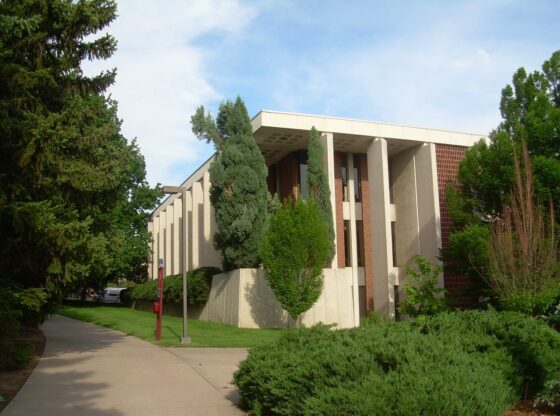On Oct. 14, Florida’s Kennedy Space Center saw the launch of the Europa Clipper, NASA’s largest interplanetary spacecraft to date. The Europa Clipper will journey over 1.8 billion miles to study Europa, one of Jupiter’s moons, and is estimated to reach Jupiter’s orbit by April 2030.
The Europa Clipper’s mission has been over thirty years and $5.2 billion dollars in the making. The spacecraft will be searching Europa for potential habitability, hoping to find signs of? which has implications for life beyond Earth.
Scientists have chosen to focus on Europa because it is believed that an ocean, expected to have twice as much water as Earth’s oceans combined, lies beneath the 10 miles of icy crust on the moon.
The spacecraft is equipped with cameras, spectrometers, radar and a magnetometer in order to measure ocean depth, map the moon’s magnetic field and identify the chemical components of Europa’s surface and atmosphere.
If the key components of life are found is on Europa, scientists might find something swimming in Europa’s vast ocean.
Astrophysicists have speculated that Jupiter’s gravitational effects on Europa, in addition to the energy of friction, might allow for the formation of hydrothermal vents. If such vents do exist, and the chemicals they produce interact with oxidants on the ice of Europa’s surface, then the chemical reactions needed to fuel life might be present.
There is a problem with this theory: the oxidants on Europa’s surface somehow must permeate the miles of icy crust to reach the ocean in order for these chemical reactions to occur.
NASA researchers have postulated that convection between warmer and colder chunks of ice could allow for the transfer of chemicals, akin to the movement of a lava lamp. Europa Clipper’s radar will be used to test for this potential convection.
The Europa Clipper will pass by Mars to gain a gravitational boost before swinging back around Earth in 2026 to then begin its final trip towards Jupiter. The spacecraft will complete 49 flybys of Europa over a four-year period, allowing scientists to discover more about the chemical and geological makeup of the moon.
This mission has the opportunity to change the way the public views the space program, potentially reinvigorating an industry that is rapidly undergoing privatization. But what researchers are most excited about is finding evidence of potential habitability.
In the words of NASA Associate Administrator Jim Free, “What we discover at Europa will have profound implications for the study of astrobiology and how we view our place in the universe.”












